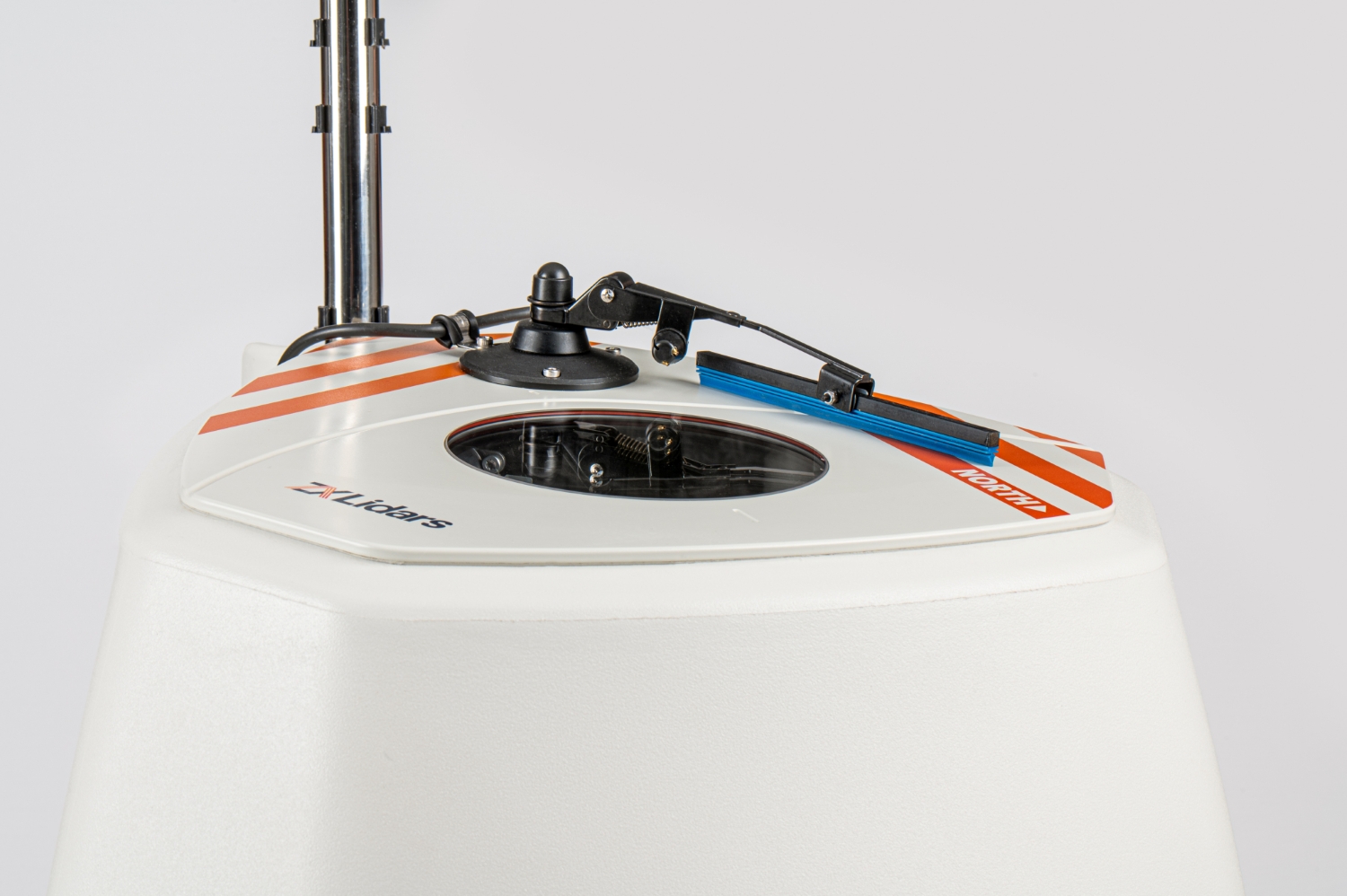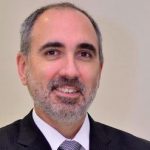Fernando Gonzalez is the Chief Executive Officer (CEO) of Cerro Dominador, a Concentrated Solar Power (CSP) Photovoltaic Plant in Chile, Latin America. He has over 20 years experience in the power industry, having worked at Private Equity, Fortune 500 and accounting firms in the United States of America (USA), United Kingdom and Argentina. Fernando will be discussing the development of thermal and hybrid power in Latin America alongside SENER, ACCIONA Industrial, Castalia and Solar Energy Technologies Office at the Latin America Energy Forum (LAEF) 2019 from 25 and 27 February in Miami. In this interview with EnergyNet, he sheds light on his vision, chances and other issues relating to the renewable energy.
What is Cerro Dominador?
Cerro Dominador is a solar project in Chile that combines 100 MW of Photovoltaic plant, currently in operations, with 110 MW of a concentrated solar power (CSP) plant, (in construction) the first in Latin America and the one with the highest number of storage hours in the world. With our project, we will be able to provide clean, renewable solar energy 24/7.
After so many difficulties, how would you describe the feeling of seeing the original vision of the project recognised?
It is a unique feeling. When we took over, construction had stopped, our contractor was facing financial difficulties and the future looked very uncertain. We worked really hard for almost two years looking for options to structure it so we can make the project solid and attractive on all fronts. We knew that was the only way this would work.
One of the most gratifying moments was going back to the site and seeing work being done there. We are very thankful for the support received during this period, and we are doing our best to meet our commitments. We can proudly say we are doing that.
How vital is Cerro Dominador to Chile, and what are the main benefits for the country from the use of CSP technology in electricity generation?
I think Chile has become a leader in the development of renewable energy in the region, and it is a mature market. Last year, a plan to close the coal plants over time was launched, so CSP is very well positioned to provide base load clean power.
The solar resource and the natural conditions of the desert in the northern part of the country make the opportunity to develop and build more CSP perfect. I expect Cerro Dominador to be the first of many CSP plants in the country (and the region).
For this reason, “Cerro Dominador and other companies recently launched the first CSP association in Chile. This association, ACSP, seeks to position the CSP technology as one of the solutions for the transition towards a more renewable energy matrix.”
110MW of tower with 17.5 equivalent hours of storage: for those who still doubt the value of solar power plants, could you share what capacity is expected from the plant in a typical year?
We will be generating power 24 hours a day. Other than the annual maintenance of the equipment, and a few days in the winter, we expect to be generating at full load most of the time.
What are Cerro Dominador’s main goals in extending its influence in Chile’s energy matrix?
We are happy to be part of the discussion surrounding a cleaner energy matrix. As indicated above, we will be the first CSP plant in Latin America and we believe we are opening doors for this technology to be established as the natural provider of clean, manageable base load power.
Can we deploy CSP technology in other countries in Latin America?
We haven’t looked at other locations yet, but I think there are other places that could benefit from this.”
Given the emergence of other proposals for a PV + CSP hybrid power plant such as Noor Midelt in Morocco, could you share how the integration of the generation in the network is planned? Act as two independent centrals? Will there be a daily forecast for a combined office to provide a more stable production in order to facilitate integration?
We think PV+CSP hybrid plants are a good way to make the plants more competitive. In our case, both plants operate separately. The configuration is dependent not only on the availability of solar resource and specific location issues, but also on how the power market works. In the case of Morocco, there are pricing incentives for generating at certain hours of the day, which is not the case in Chile, where pricing structure (not cost of power) is the same throughout the day.
I expect the new CSP plants to include a different configuration than ours, where PV is used to generate power during the day and CSP will be generating power at night that will result in more competitive pricing for the power all year round.
Given one of the great advantages of the CSP is its dispatchability, what is the commitment to participate in the primary and secondary regulation of the system?
Chile is currently working on upgrading its regulation of ancillary services. As mentioned before, the ACSP is working with key stakeholders to make sure the pricing signals and remuneration for those services are adequate and represent a clear incentive to provide those services, which CSP is very capable of providing. This is a work in progress, but we are hopeful it will result in a fair regulation so more of those services are provided. With the addition of a number of variable generation clean energy projects, and the closing of the coal plants, those services are needed.”
What would be your advice for the governments of Latin America and the Caribbean seeking to develop unconventional energy projects such as CSP, PV and Wind?
First, I think those technologies are not unconventional anymore. Then, I think each market has its own characteristics and a lot depends on each country’s objectives. As the world is working towards a cleaner energy matrix, my advice would be to make sure regulation properly aligns with the benefits each technology brings to the grid.”
Source: www.energynet.co.uk







